What’s the Buzz
The Bee Healthy Blog
Estradiol Vaginal Cream for Menopause: How it Works

Estradiol cream is a hormonal therapy applied vaginally to alleviate symptoms in postmenopausal women, such as vaginal dryness, irritation, and itching.
In addition to the lower-cost generic medication, estradiol cream is also available under the brand Estrace. This hormone medication, both generic and brand name, would require a prescription from a healthcare provider. Continue reading to learn more about Estradiol vaginal cream for menopause, how it works, who it’s for, potential side effects, and more.
Estradiol vaginal cream dosage forms
This medication is for use in the vagina only. It should not be taken by mouth.
Estradiol vaginal cream, USP, 0.01% is available as a 42.5 g (grams) tube. It comes with plastic applicators for delivery of 1 g, 2 g, 3 g, or 4 g.
Background on atrophic vaginitis
Estrogen levels are naturally high during reproductive years in generally healthy women assigned female at birth. During menopause, estrogen synthesis drastically decreases as a natural part of aging, causing postmenopausal symptoms such as hot flashes, vaginal dryness, irritation, and mood swings.
Vaginal atrophy typically occurs in 10 to 40 percent of women after menopause, causing symptoms such as vaginal irritation and dryness, leading to painful intercourse and an increased risk for urinary tract infections (UTIs).
In addition to natural menopause, atrophic vaginitis can be caused by certain medications and medical problems such as:
After childbirth and during breastfeeding, estrogen is naturally lower. However, this drop in estrogen is typically temporary and does not lead to severe symptoms.
What is genitourinary syndrome?
According to the Endocrine Society, the average age of natural menopause for most women is 51 years old. However, natural menopause can be expected between the ages of 46 to 55. Symptoms during menopause can greatly affect a person’s quality of life if left untreated.
In fact, the term genitourinary syndrome (GSM) was introduced by the International Society for the Study of Women’s Sexual Health and the North American Menopause Society in 2014. GSM includes all the genital signs and symptoms, such as vaginal dryness, vaginal irritation, and burning, in addition to sexual symptoms, such as pain, discomfort, and sexual dysfunction.
What is estradiol vaginal cream used for?
Estradiol vaginal cream is used for the treatment of moderate to severe atrophic vaginitis, a condition causing the thinning and drying of the vagina’s lining due to decreased estrogen levels.
There are three major types of estrogen: estrone, estriol, and estradiol, with estradiol being the primary form of estrogen during a woman’s reproductive years. Notably, estradiol is the most potent form among the different types of estrogen.
Estrogen cream is to be administered into the vagina as directed by a healthcare professional.
Pregnancy and lactation
Estradiol vaginal cream should not be used during pregnancy. Tell your doctor if you are pregnant or may become pregnant.
Estradiol may pass into breast milk. Talk to your doctor if you are breastfeeding or plan to breastfeed.
Pediatric use
Estradiol vaginal cream is not approved for use in children. There are no clinical studies performed in the pediatric population.
How does estradiol vaginal cream work?
By applying directly to the vagina, estrogen cream helps vaginal cells mature and create a healthy cell layer. By doing so, estradiol vaginal cream protects against vaginal dryness while promoting blood flow, lubrication, and an overall healthy environment.
The drug information contained herein of estradiol vaginal cream is for educational purposes only and may not include all possible indications, adverse effects, drug interaction, and potential warnings.
What should I tell my doctor before starting estradiol vaginal cream?
Estradiol should not be used in women with certain medical problems. Tell your doctor if you have one or more of the following conditions:
- Previous allergic reaction to estradiol or an unusual or allergic reaction to any ingredient of estradiol cream or any other medicines
- Unexplained vaginal bleeding or pelvic pain
- If you are pregnant or may be pregnant
- If you have or ever had the following health conditions:
- A personal history of breast cancer, or tumor that is stimulated by the presence of estrogen
- An increased risk of developing blood clots such as Protein C, Protein S deficiency, or clotting disorders such as pulmonary embolism (PE) and deep vein thrombosis (DVT)
- Stroke and/or heart attack
- Liver disease
- Systemic lupus erythematosus (SLE)
Warnings and precautions
Boxed warning
Boxed warnings are the highest safety-related warnings for medications assigned by the U.S. Food and Drug Administration (FDA).
Estrogen-alone therapy uses the estrogen hormone without progesterone for women to prevent and alleviate symptoms during menopause. Estrogen-alone therapy, such as estradiol vaginal cream, has the following boxed warnings.
Endometrial cancer
There is an increased risk of endometrial cancer in a woman with a uterus while being on estrogen therapy. Adding progestin to estrogen therapy has been shown to reduce this risk.
While being on estrogen therapy, unusual vaginal bleeding may be a sign of certain cancers. Appropriate testing and monitoring should be implemented if unusual vaginal bleeding and pelvic pain do not resolve.
Cardiovascular disorders and probable dementia
Estrogen therapy should not be used to prevent cardiovascular disease or dementia.
Taking estrogen may increase the risk of stroke, heart attacks, and blood clotting disorders. It also can raise the risk of breast cancer and endometrial cancer.
The prescribed amount of estrogen therapy should be at the lowest effective doses and for the shortest duration possible.
Other warnings
If you have one or more of the following risk factors, you should talk to your doctor to learn more about the risk and benefits of this medication and discuss alternative therapy if necessary.
Heart diseases
The risk of stroke and heart attack is increased in postmenopausal women with the use of estrogen alone or in combination with progestin. Estradiol alone or in combination with progestin should not be used to prevent heart disease.
If you have a history of heart disease, heart attacks, or high blood pressure, you are at an even higher risk of developing heart disease. Other risk factors include obesity, diabetes, and smoking tobacco.
What to watch out for?
The following can be signs and symptoms of a heart attack, and you should call 911 to get emergency medical attention immediately if you experience any or all of these symptoms:
- Chest pain
- Uncomfortable pressure, squeezing, or pain in the center of the chest, neck, jaw or arm pain
- Shortness of breath
- Increased sweating
- Nausea
- Lightheadedness
Stroke and blood clots
Postmenopausal women between the ages of 50 and 79 who use estradiol with or without progestin are at higher risk for stroke and developing pulmonary embolism (PE), causing blood clots in the lungs and deep vein thrombosis (DVT).
You should get emergency medical attention immediately if you experience the following signs or symptoms:
- Signs of DVT: throbbing pain or swelling in one leg, red or darkened skin around the painful area of the calf, swollen, painful veins
- Signs of PE: unexplained and sudden cough, trouble breathing, chest pain
- Stroke symptoms: sudden numbness or weakness of the arm, face, or leg, loss of balance, severe headache, trouble speaking, confusion, and dizziness
Probable dementia
Women 65 years and older who are on hormone therapy with estrogen alone or with progestin are at an increased risk of developing dementia.
Talk to a healthcare provider if you notice sudden, unexplained forgetfulness, confusion, or difficulty with problem-solving that occurs with you or your loved one.
Endometrial cancer
Estrogen-alone therapy such as estradiol increases the risk of endometrial cancer. This risk is higher with high doses of estrogen therapy for a long time. Taking estrogen with progestin can lower the risk of endometrial cancer.
Let your doctor know if you have unusual vaginal bleeding, as this can be a sign of uterine cancer. Make sure you are compliant with doctor appointments for a pelvic exam and blood work while on this medication.
Breast cancer
The risk of breast cancer is increased with estradiol use, with or without progestin. Long-term use further increases this risk for breast cancer.
Performing self-check along with the annual breast exam can detect early signs of breast lumps, pain, or any unusual changes in the breasts. Talk to your doctor if you feel any unexplained pain or breast lumps as soon as possible.
Gallbladder disease
Postmenopausal women are at higher risk of gallbladder disease with estradiol use. Surgeries are required in some cases.
Signs and symptoms can include abdominal pain, nausea, vomiting, chills, fever, jaundice (yellowing of the skin or whites of the eyes), and light-colored stools.
Hypercalcemia
Estradiol can cause hypercalcemia or high levels of blood calcium in women with breast cancer or those with cancer that has spread to the bones. If hypercalcemia is detected, your doctor will probably stop the drug and start treatment to normalize the calcium levels in the blood.
Signs and symptoms can include constipation, bone pain, extreme thirst, stomach pain, nausea, vomiting, and confusion.
Elevated triglycerides
Estradiol can increase blood triglyceride levels, leading to pancreatitis. Your risk is higher if you have a personal history of high triglycerides. Talk to your doctor about things you can change with your diet to improve your triglyceride level. Limiting alcohol consumption while increasing fruit and vegetable intake can help lower triglycerides.
Signs and symptoms can include severe stomach pain, nausea, vomiting, tenderness when touching the abdomen, increased heart rate, and fever.
Visual abnormalities
Retinal vascular thrombosis is when a blood clot occurs in your eye; this health complication can happen in women who use estradiol or other estrogen hormone products.
Signs and symptoms can include severe headache, bulging eyes, and sudden changes in vision.
Instructions for taking estradiol vaginal cream
What is the recommended dosage of this medication?
The usual dosage range is between 2 g and 4 g to be administered once daily for one or two weeks. During the following one or two weeks, the medication dosage is reduced to half of the initial dosing.
Once the initial menopause-associated symptoms are controlled, your doctor will lower you to the typical maintenance dose for estradiol vaginal cream (1 g) to be administered one to three times a week.
Your doctor will tell you the duration of treatment and the exact dosage you should be using.
How should I use estradiol vaginal cream?
Wash your hands before and after each use. While lying on your back, insert the applicator into the vagina and push the plunger to administer the cream into the vagina.
Do not use hot water to clean the applicator. Instead, use warm, soapy water to wash the applicator and rinse well.
You should use this medication around the same time each day. Keep in mind that there may be days when you're not supposed to use this medicine. Make sure to follow your doctor’s instructions on how to use this drug.
What if I miss a dose?
If you take this medication regularly and you miss a dose of estradiol vaginal cream, you should take the missed dose as soon as you remember. However, if it is almost time for your next dose, take only that dose and skip the missed dose. Do not take twice the amount to make up for the missed dose.
What precautions should I take while using estradiol vaginal cream?
Make sure to go to all the follow-up visits with your doctor for a regular breast exam, breast x-ray, pelvic exam, and mammogram as instructed by your doctor.
Estradiol can cause fluid retention, leading to body swelling and elevated blood pressure. Let your doctor know if you are experiencing fluid retention or if your blood pressure is higher than usual.
Smoking can increase your risk of developing a blood clot. Speak with your care team about smoking cessation if you have difficulty quitting smoking.
If you start to experience vision change or feel uncomfortable while wearing contact lenses, let your doctor know immediately.
Estrogen hormone therapy can worsen certain health conditions. Let your healthcare provider know if you have a personal history of diabetes, asthma, systemic lupus erythematosus (SLE), or hereditary angioedema before starting this medication.
Your thyroid hormone levels can be affected by estradiol. Let your doctor know if you are taking medication for a thyroid condition. Dosage adjustment and blood tests may be necessary to ensure your thyroid hormone levels are within recommended ranges.
Read the patient information leaflet carefully and follow your doctor’s instructions to ensure safety and efficacy.
Where do I store estradiol vaginal cream?
Store this medication in the original packaging at room temperature. Keep this medication out of reach of pets and children.
Side effects of estradiol vaginal cream
Serious side effects
Call your doctor and seek urgent medical care if you experience the following side effects:
- Allergic reaction — skin rash, hives, swelling of the lips, tongue, face, or throat
- Stroke
- Breast lumps
- Gallbladder problems
- Elevated blood pressure
- Blood clots
- Pelvic pain
- Unusual vaginal bleeding
- Liver problems
Common side effects
Below are the common side effects associated with estradiol vaginal cream. These side effects typically improve over time as your body adjusts to the medication. Let your doctor know if these side effects do not go away or become worse with time.
- Nausea
- Vomiting
- Breast tenderness
- Headache
- Stomach cramps
- Bloating, diarrhea
- Irritation at the application site
Overdosage
If you think you’ve taken more than the usual dose, call your doctor or local poison control center. Get emergency medical help at the nearest emergency department if the symptoms are severe.
What drug interactions should I watch out for with estradiol vaginal cream?
Just like any medicine, estradiol vaginal cream can interact with other medications and vice versa. When these interactions happen, they can affect the blood tests that evaluate blood levels of other drugs, which can lead to worsening side effects or cause other drugs to be less effective.
To prevent unwanted drug interactions, tell your doctor about all the medicines you are currently taking, including prescription medication, over-the-counter products, herbal and dietary supplements.
You should not take Aromatase inhibitors such as anastrozole, exemestane, or letrozole while using estradiol cream.
Estradiol vaginal cream can interact with many other drugs and substances. Tell your doctor if you are currently using the following:
- Fungal medication such as itraconazole
- Medication to treat infection such as clarithromycin, erythromycin, rifampin
- Tranexamic acid, a medicine that delays the breakdown of blood clots
- Seizure medicine such as carbamazepine and phenobarbital
- St. John’s Wort, a herbal supplement
- Ritonavir, an HIV medicine
- Tamoxifen, a medication for breast cancer
- Grapefruit juice
There are other drugs that may interact with estradiol vaginal cream. You should talk to your doctor or pharmacist about other interactions that may occur while being on estradiol.
References
- https://www.ncbi.nlm.nih.gov/books/NBK304339/#:~:text=Menopausal%20estrogen%20therapy%20refers%20to,as%20osteoporosis%20and%20ischaemic%20heart
- https://dailymed.nlm.nih.gov/dailymed/lookup.cfm?setid=c94738ff-dece-4fb6-bb44-4f8832a45f38#LINK_cc318b81-8cea-48d4-9dda-fc91fb152484
- https://www.aafp.org/pubs/afp/issues/2000/0515/p3090.html
- https://www.ncbi.nlm.nih.gov/books/NBK549797/#:~:text=Estradiol%20is%20a%20medication%20used,%2C%20dysuria%2C%20and%20many%20more.
- https://www.endocrine.org/menopausemap/stages-of-menopause/natural-menopause/index.html
- https://www.heart.org/en/health-topics/heart-attack/warning-signs-of-a-heart-attack/heart-attack-symptoms-in-women
- https://www.ncbi.nlm.nih.gov/pmc/articles/PMC6843679/
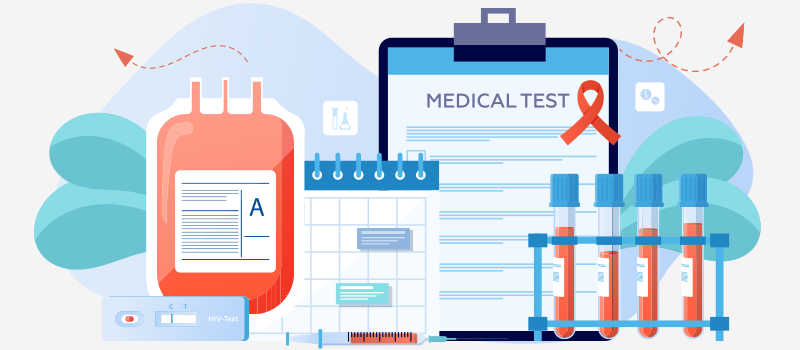

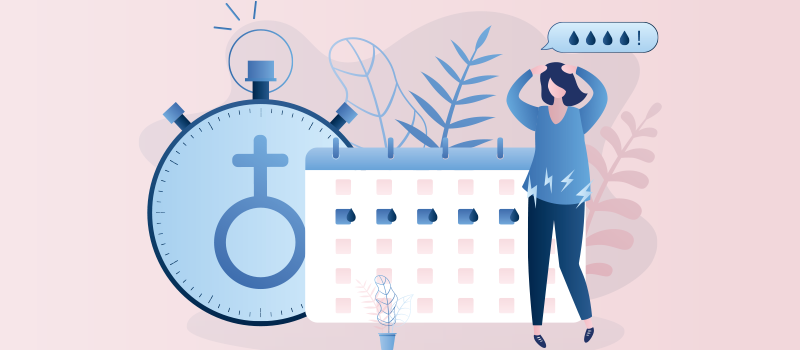
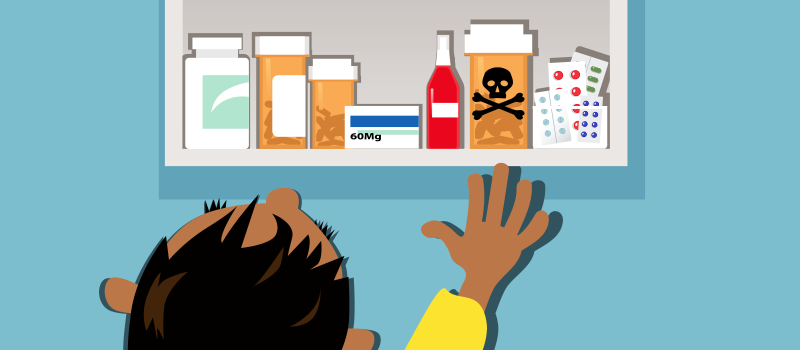

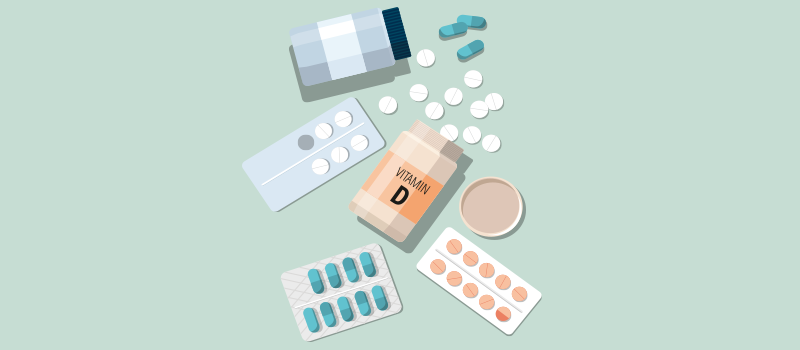

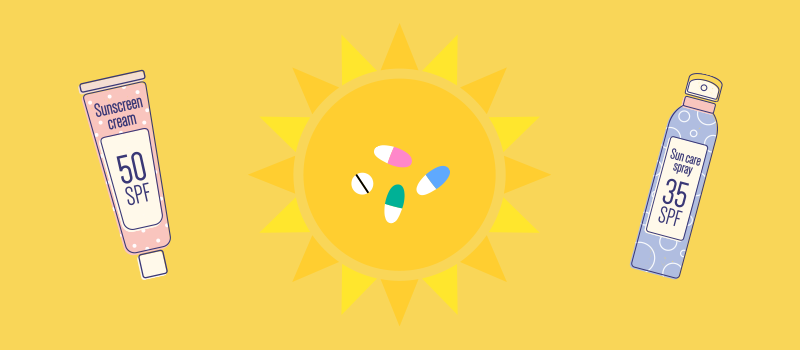




SOCIAL